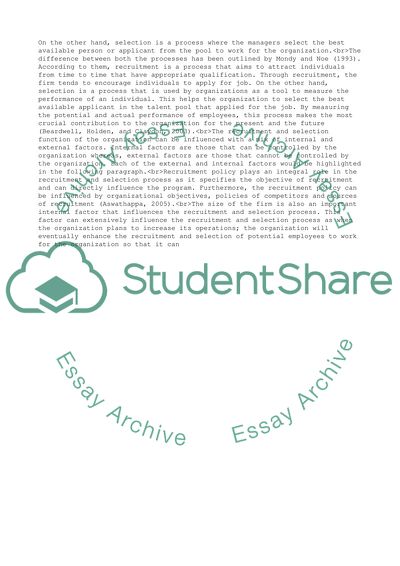Cite this document
(“The recruitment, selection and training methods of LVMH Essay - 3”, n.d.)
The recruitment, selection and training methods of LVMH Essay - 3. Retrieved from https://studentshare.org/business/1615761-the-recruitment-selection-and-training-methods-of-lvmh
The recruitment, selection and training methods of LVMH Essay - 3. Retrieved from https://studentshare.org/business/1615761-the-recruitment-selection-and-training-methods-of-lvmh
(The Recruitment, Selection and Training Methods of LVMH Essay - 3)
The Recruitment, Selection and Training Methods of LVMH Essay - 3. https://studentshare.org/business/1615761-the-recruitment-selection-and-training-methods-of-lvmh.
The Recruitment, Selection and Training Methods of LVMH Essay - 3. https://studentshare.org/business/1615761-the-recruitment-selection-and-training-methods-of-lvmh.
“The Recruitment, Selection and Training Methods of LVMH Essay - 3”, n.d. https://studentshare.org/business/1615761-the-recruitment-selection-and-training-methods-of-lvmh.


